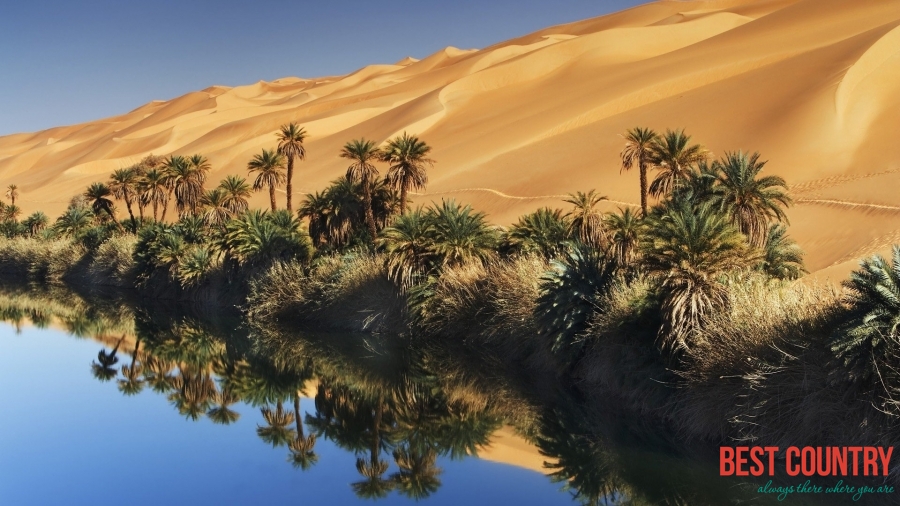Climate of Libya

In most of the coastal lowland, the climate is Mediterranean, with warm summers and mild winters. Rainfall is scanty. The weather is cooler in the highlands, and frosts occur at maximum elevations. In the desert interior the climate has very hot summers and extreme diurnal temperature ranges. The highest official temperature ever recorded was on September 13, 1922 at Al 'Aziziyah, Libya, but that reading is queried.
Less than 2% of the national territory receives enough rainfall for settled agriculture, the heaviest precipitation occurring in the Jabal al Akhdar zone of Cyrenaica, where annual rainfall of 400 to 600 millimeters (15.7 to 23.6 in) is recorded. All other areas of the country receive less than 400 millimeters (15.7 in), and in the Sahara 50 millimeters (1.97 in) or less occurs. Rainfall is often erratic, and a pronounced drought may extend over two seasons. For example, epic floods in 1945 left Tripoli underwater for several days, but two years later an unprecedentedly severe drought caused the loss of thousands of head of cattle.